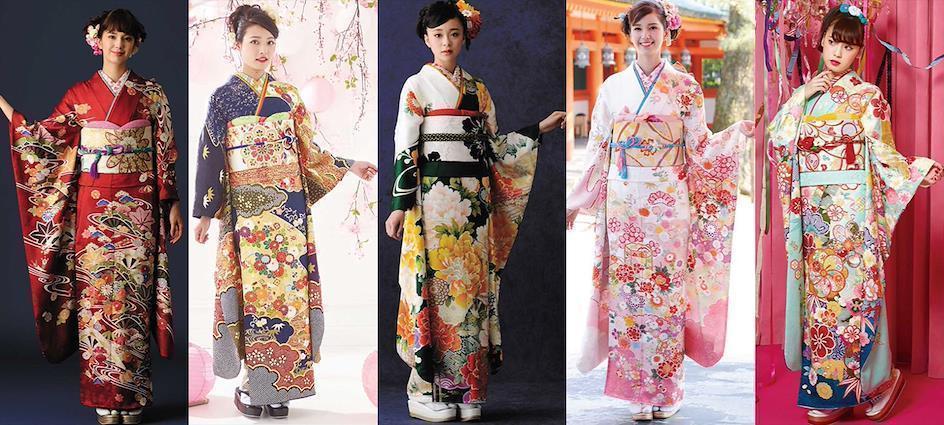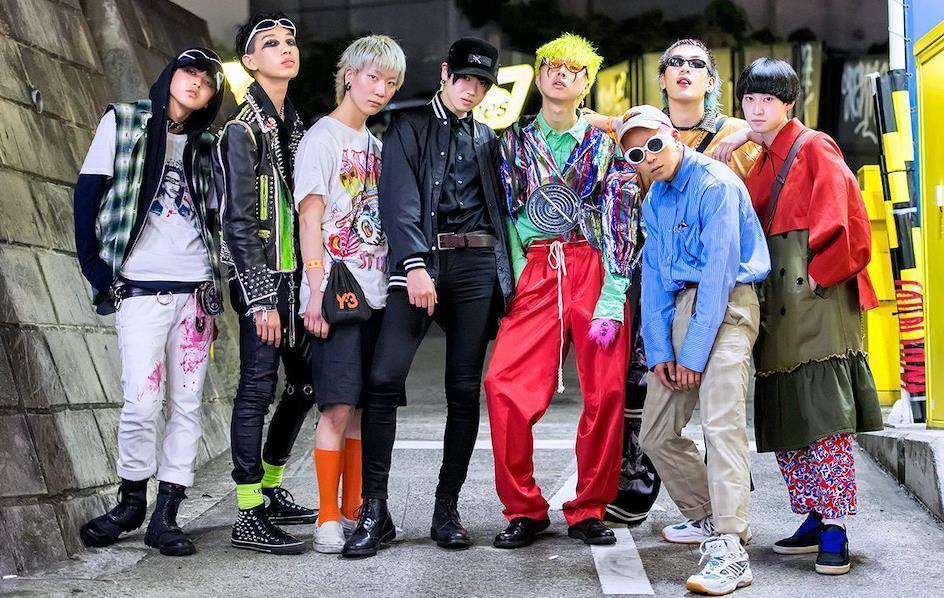When it comes to fashion, the Japanese have never failed to impress the world with their trendy and novel styles.
Students, in particular, can often be seen wearing the latest apparel which they came across on the internet or saw their favorite celebrity wearing. A common trait found in Japanese fashion trends is that they are centered around self-expression and taking risks.
On average, Japanese are fashionable as fashion is a common way for an individual to distinguish themselves in homogenous societies. High-conformist Societies like Japan are often seen as more fashionable as greater attention is placed on fashion to express an individual's personality.
Moreover, through fashion, they are able to convey that they are aware of the latest trends. There are several factors as to why the Japanese are known to be so fashionable.
Simple Yet Sophisticated
“Simple Fashion” is preferred by people of all age groups and is often worn by the Japanese on a daily basis.
These consist of trendy yet simple clothing that is easy to mix and match with the rest of your clothes which is the key to fashion in Japan. A brand that is popular for promoting simple fashion is UNIQLO.
However, “simple” is not only limited to western-style clothing but also the Kimono. The Kimono is traditional Japanese clothing that is “simple yet sophisticated” making it one of the most widely explored pieces of fashion. The objective of the Kimono is to create a simple and functional dress from one fabric piece.
Style Over Comfort
People from other countries often tend to prefer comfort and convenience over style and resort to wearing fewer layers or simpler clothing to avoid any unnecessary discomfort.
However, the Japanese tend to prioritize their style and fashion even if it were to sacrifice to some extent their comfort.
This is because appearance and the way you dress can play a pivotal role in the way the Japanese perceive others.

Culture Richness of Japan
Japan’s cultural richness has brought in many different interpretations of styles that are often observed in contemporary street fashion.
Since the early 1850’s, when international trade had just begun, Japan was often considered to be the fashion inspiration. Some of the eye-catching aspects of Japanese fashion that still exist today were the unique prints and the deluxe textiles.
These desirable goods helped Japan achieve the reputation of being fashion-forward at an early stage.
Japanese fashion often aims to preserve the country’s historical roots while adapting to the contemporary trends which allowed them to exhibit a unique blend of oriental and contemporary fashion.
An aesthetic principle that is still preserved by Japan is ‘Wabi-Sabi’ which is centered around the belief that the vital elements of beauty are transience and imperfection.
Many well-known Japanese Designers have adopted this principle in their designs. This philosophy was appreciated globally and helped boost Japan to become an international creative powerhouse.
Western Influences on Japanese Fashion
Although Japanese culture was the biggest inspiration for Japanese designers, as time passed by, external influences were being observed in Japanese fashion trends.
Japanese fashion has been heavily influenced by the United States in particular due to the media exposure to western influencers and fashion designers. Due to the shift in demand, local Japanese designers have started to adopt western trends in their creations.
This shift was first observed after World War II, when women gave up their loose-fitting trousers, monpe, for Western-styled skirts.
Japanese fashion voraciously follows that of western fashion and attempts to incorporate their new outfits with the latest designs from luxury brands such as Chanel, Christian Dior, and Gucci or cheaper alternatives.
Although Japanese fashion had its own distinction, inspirations were often drawn from American and European fashion designs.
Economic Trends Influencing Fashion
In the 1980’s, Japan’s economy prospered which led to the fashion industry’s rapid expansion.
Women, in particular, started exploring new fashion trends such as “bodikon” (body consciousness) which highlighted the woman’s body and showed off all their curves.
Another trend that was popular amongst high-school and college students was “shibukaji” which translates to “Shibuya casual”. These are the clothes that are commonly found in boutiques of Shibuya in Tokyo, which was also known as Japan’s fashion hub.
This increase in popularity of Japanese fashion in the 1980’s allowed Japan to become an international fashion capital and inspire many to follow their oriental fashion trends.
In 2008, Japan went into a financial crisis which resulted in the younger generation of Japan changing their value system and moving away from the traditional ideologies. The youth became more hedonistic and wanted to experience life without any hesitation or restrictions, and that was reflected in their evolutionary fashion styles.
In the early 21st century, high school students, especially girls, were known to be the arbiters of Japanese fashion. They took charge in setting fashion trends and were keen to embrace foreign trends as well. The young Japanese were willing to challenge the traditional norms of fashion and take risks.
Fashion was not only limited to clothes, the Japanese youngsters were often found dying their hair in multiple colors complemented by their oriental makeup.

Japanese Street Fashion
Japanese fashion cannot be brought up without mentioning Japan’s street fashion.
“Street Fashion” is a style that allows individuals to have an artistic outlet after immersing themselves in music, fashion, sports, etc. in the form of clothes.
The person’s personal values can often be interpreted from their choice of clothing and how they present themselves. This is one of the major reasons why Japanese culture can be seen to care so much about appearance.
The streets of Japan are a catwalk for the people who wish to exhibit their fashion style. Harajuku, a popular district in Shibuya, is well known for its influence on Japanese street fashion and the destination for innovative and outlandish fashion trends. It is the heart of the “kawaii” culture and is known for its flowing creativity and exaggerated accessories.
“Cosplay”, derived from the words “Costume” and “Play”, is a popular trend of dressing up as your favorite anime/manga/videogame/movie characters. The influence from new animations inspires Japanese fashion to continue being creative with style.
As is seen in the streets of Harajuku, sometimes what one is wearing is not as important as how the look is put together. Priority is given to the creativity of having several pieces mixed and matched to complement each other and form an outfit.
Fashion in Japanese culture is used as a creative outlet to reflect their inspirations, values and challenge societal norms.
This allowed Japanese fashion to come so far in the realm of fashion and amaze the world with its unique blend of contemporary and oriental style of fashion.